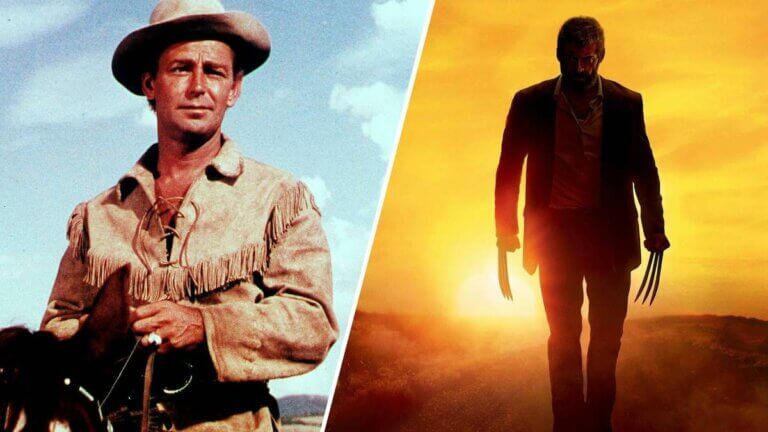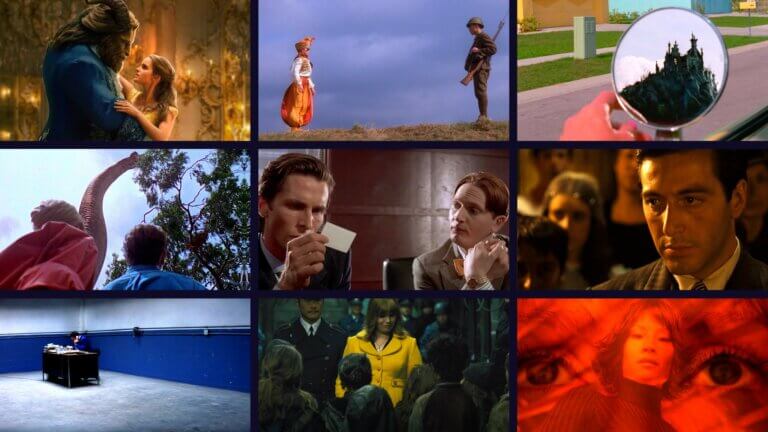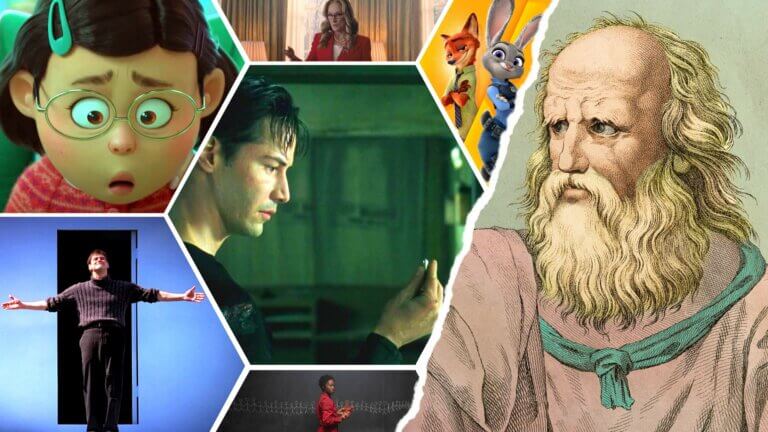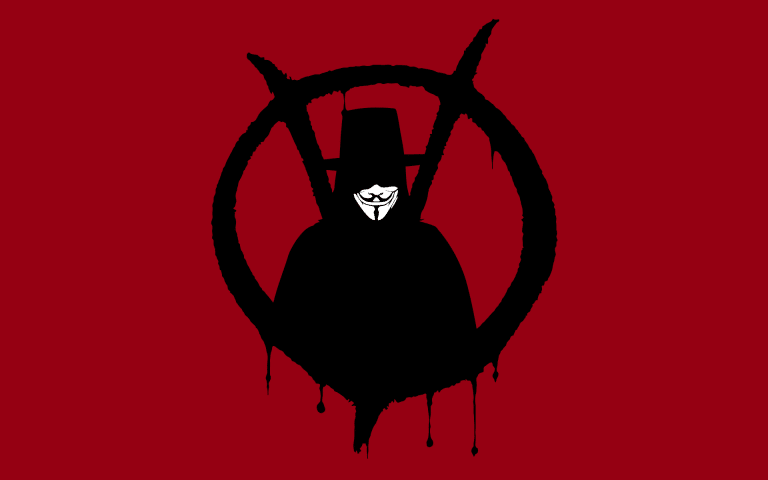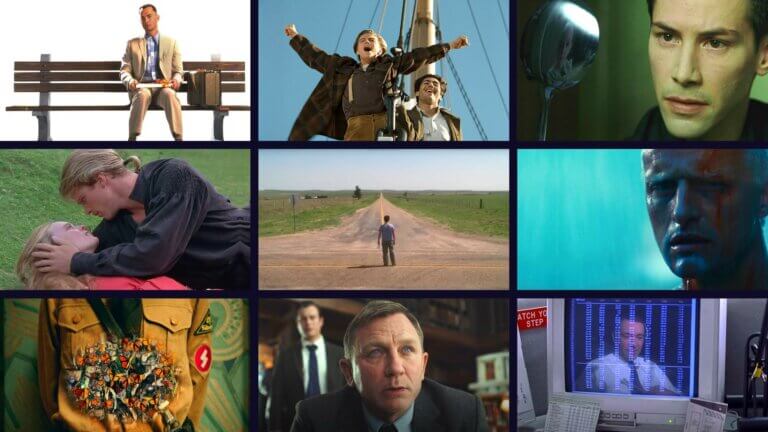Anyone who’s sat down to write knows it isn’t for the faint of heart. Whether penning a poem, a screenplay, or a novel, a writer needs a few tools in their toolbelt. Enter common literary devices, literary elements and literary techniques. Besides listing, defining, and providing examples, this article will also take a moment to consider how and why a writer might use these common literary devices in the first place.Continue reading 46 Literary Devices Every Writer Should Know
People have been using “allusions” for thousands of years – but what is an allusion? Today, we’re going to outline an allusion definition, alongside some examples. By the end, you’ll know the purpose of allusion, as well as how to use it in writing and everyday conversation. Are you ready to open pandora’s box and get to the bottom of allusion? (that’s an allusion)!Continue reading What is an Allusion? Definition and Examples
Two is always better than one when it comes to Juxtaposition. Other than being the game-winning word in your next Scrabble match, what is juxtaposition? It is a frequently used term throughout the artistic world from photography to literature to film. Despite its frequent use, its meaning can be quite vague. We'll define juxtaposition with examples in film so that you can use it throughout your next project.Continue reading What is Juxtaposition in Film? Definition and Examples
What is an archetype? Archetypes play an integral role in how people understand each other – but what are they? We’re going to answer that question as we define archetype, then we’ll look at some archetype examples from classic literature and film. By the end, you’ll know why archetypes are so important for storytellers – and why they might explain something innate about the human condition.Continue reading What is an Archetype — Definition & Examples in Storytelling
Plato’s "Allegory of the Cave" is one of the most well-known philosophical concepts in history. As such, it only makes sense that numerous filmmakers would try to incorporate this philosophy into their movies. But what exactly is it? And why does it work so well in the context of filmmaking? We’ll look at this concept as well as several films that have incorporated it excellently. It’s time to find the sun.Continue reading Plato’s Allegory of the Cave — Summary & Meaning Explained
What is theme? In the simplest terms, a theme is the subject of a story. But that definition actually does more harm than good in fully understanding the theme of a story. In this article, we’re going to look at some common misconceptions by breaking down how to use theme in literature and screenwriting. But before we jump into some theme examples, let’s start with a theme definition.Continue reading What is Theme in Literature and Film? Definition and Examples
Satire is a term that is often misunderstood and for good reason. With the advent of the internet, social media, and memes, it has become the main vehicle for writers and creatives to deliver their social and political commentary. But what is satire and what exactly defines something as satirical? To understand this, we’ll dive into the definition of satire, the three types of satire that exist, and how they are used in literature, films, and TV. Continue reading What is Satire — 3 Types of Satire Every Storyteller Should Know
Denouement is one of the most important aspects of a script, yet it can easily be confused with other story beats like climaxes or epilogues. So what is denouement? In this article, we’re going to define denouement in a clear and simple way, then look at some key examples that show us how masterclass filmmakers use it to expert effect. We’ll cover the various types of denouement (explicit vs. implicit) with some stellar examples. But before all that, let’s start with a quick denouement definition so we can begin to understand the foundation of this highly important storytelling element.Continue reading…
Alliteration is a powerful literary device in literature, marketing, and everyday speech. But what is alliteration exactly? Simply put, it is the repetition of initial consonant sounds—a technique that relies on repeated sounds—in closely placed words, making phrases more rhythmic and memorable. Let's break it down with alliteration examples, definitions, and practical uses.Continue reading What is Alliteration — Definitions, Examples in Literature & Film
The metaphor is a fundamental pillar of figurative language. Few tools can paint a picture as efficiently and evocatively. As such, metaphors are employed by nearly every kind of writer, whether you are a poet or a playwright. To better understand the literary technique, we’ll look at its definition, subtypes, and many uses, while providing examples from famous works.Continue reading What is a Metaphor — Definition and Examples

